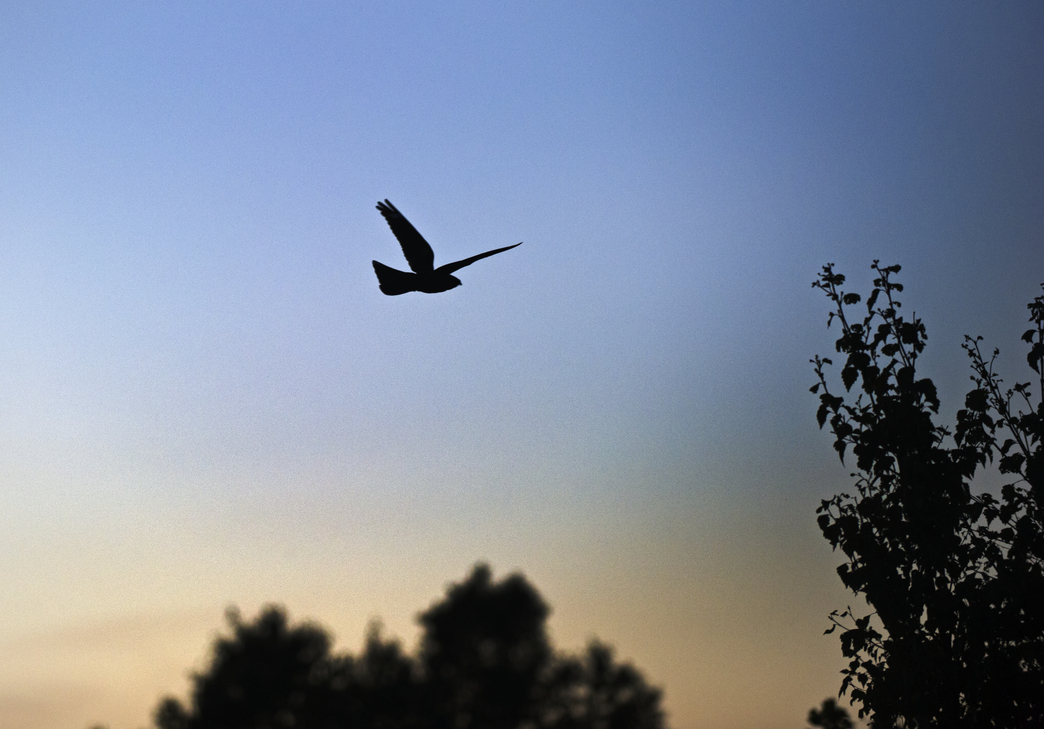Wild deer are some of the most iconic mammals of the countryside. These beautiful creatures, often elusive and camouflaged, can appear as fleeting shadows in the forest, disappearing before you catch more than a glimpse. But, if you’re patient and still, you may hear the soft crunch of leaves underfoot. For many, there’s nothing like the thrill of spotting a deer, wild and free, as it gracefully leaps into the undergrowth.
The UK is home to six species of deer. Red and roe deer are truly native, fallow was introduced by the Normans, and the other three—sika, muntjac and Chinese water deer—escaped from deer parks in the late 19th and early 20th centuries.
Red deer
The largest UK land mammal, red deer, have been present since the last Ice Age. With their majestic stance and muscular build, they are iconic in the Scottish Highlands with reddish-brown coats and males boasting multi-pointed antlers over a metre wide. During the rutting season where males compete for females, the deep roar of the stags, their overpowering musky scent and the clashing of antlers is magnificent – one of nature’s most dramatic scenes.
Roe deer
Roe deer are smaller and more delicate, with large, dark eyes, a gentle demeanor and reddish-brown summer coats that turn grey-brown in winter. Adaptable and widespread, the roe deer population is estimated at around a million, thriving across most of the country, especially in woodlands.
Fallow deer
Medium-sized with dappled white spots, fallow deer have an almost fairy-tale appearance. Males have palm-shaped antlers and emit deep groans during the rut, while females and young make high-pitched bleats. Fallow deer are commonly found in parklands and woodlands, particularly in southern England, and are reminiscent of the beloved animated deer, Bambi.
Sika deer
Originally from Japan, sika deer have an intimidating appearance with thick necks and large antlers. Smaller than red deer, their darker coats often have spots. They are mostly found in Scotland, with scattered populations in Cumbria, Dorset, New Forest and Northern Ireland. Sika deer have been known to hybridise with our native red deer.
Muntjac
The smallest deer species in the UK, muntjac are stocky, dog-sized deer with short antlers and tusk-like teeth. Known as “barking deer” due to their loud, dog-like calls, they have become common in southeast England. Muntjac are notorious browsers, feeding on shoots, herbs, and brambles, contributing to the decline of species like nightingales by clearing woodland understory.
Chinese water deer
These stocky, teddy bear-like deer are distinguished by their lack of antlers and prominent canine tusks. Their population is smaller than other deer and they are found primarily in East Anglia and Bedfordshire. Chinese water deer inhabit wetlands and marshes.
Growing deer populations
Over the past century, deer populations in the UK have grown significantly due to the absence of natural predators and the adaptability of species like roe and muntjac. Current estimates suggest there may be as many as two million deer. Whilst it is often a joy to spot one, their growing numbers pose challenges. Their appetite for fresh shoots and tender plants threatens nature by consuming the very flora that supports so many other species. Additionally, deer strip bark from trees, causing significant damage to woodlands and new tree plantings.
Reports from landmanagers describe the struggle to cope with large herds of deer that graze through already vulnerable environments and threaten carefully restored ecosystems. So while deer add beauty to the landscape, their huge numbers are tipping the balance in nature.
Living with deer
Land managers use various strategies to protect woodlands from deer browsing. Tall, robust fences, typically around two metres high, are effective but costly. So fencing is usually reserved for high-priority conservation areas. Non-plastic tree guards can protect individual saplings, giving them a chance to grow without being stripped by deer. Additionally, some land managers plant species that are less palatable to deer, such as thorny shrubs, gorse or brambles, to form natural barriers. At The Wildlife Trusts, we advocate for management that embraces natural solutions for improving nature on a landscape scale.
Taking a balanced approach
Deer are a vital part of our natural heritage and add to the beauty of our countryside. But maintaining balance is key. By embracing natural solutions we can ensure that our woodlands and countryside remain healthy, thriving and deer still continue to enchant us with their presence in the landscape.


